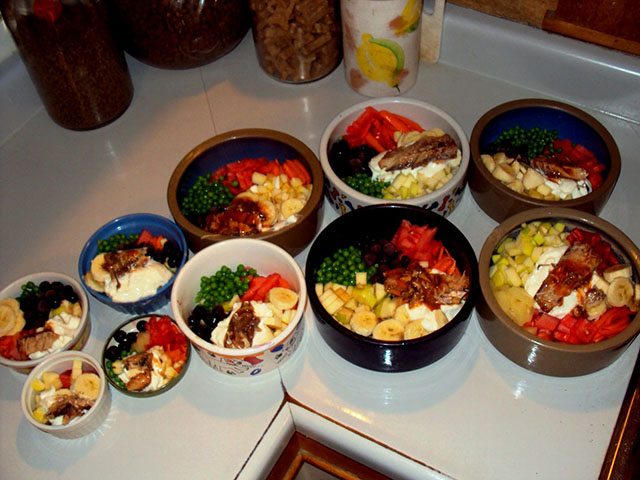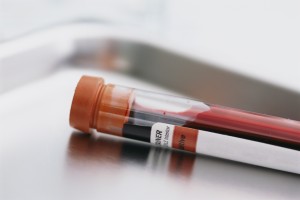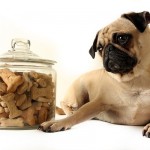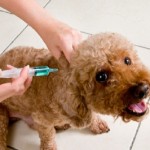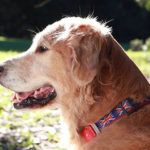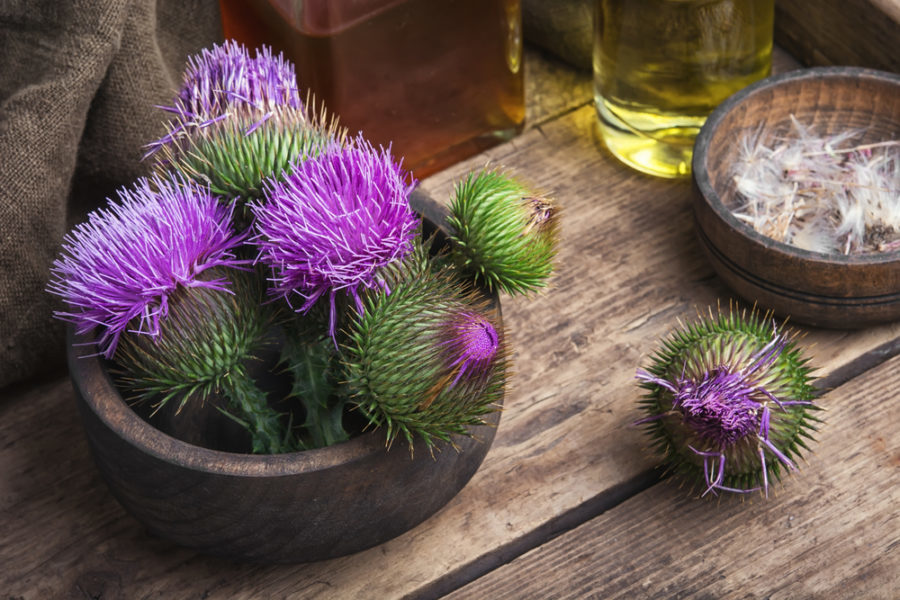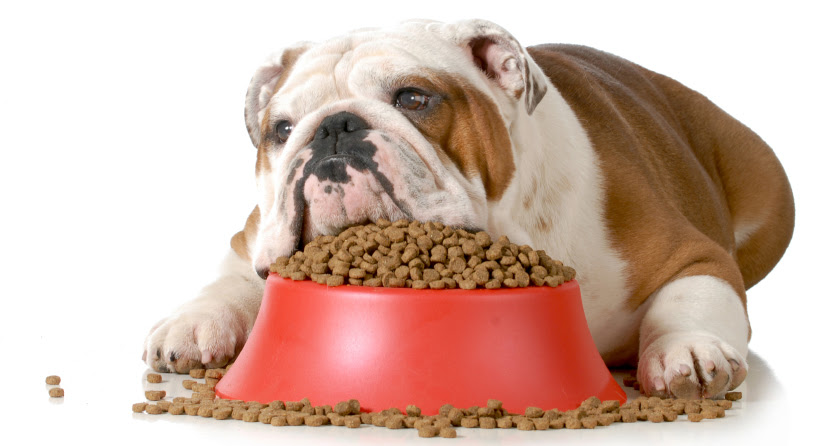Processing and a coat of preservatives allow foods to sit in warehouses unrefrigerated. Fats, proteins, carbohydrates, and all the major nutrients in food are changed when cooked. The greater the changes, the more indigestible that food becomes. Also, the more the body regards such molecules as foreign. These foreign chemicals can result in allergic reactions and raised blood values.
Here’s something all raw feeders should be aware of as well as those of you who are new to raw feeding.
“Blood testing results from raw fed dogs will often differ from those of their kibble fed counterparts and this is something you should be prepared for if you ever need blood work done on your dog. Below is a quick summary of what blood values are typically different.
The results below are taken from a study by Dr. Jean Dodds’ Hemopet, Petlifeline, Hemolife & Nutriscan that involved over 200 dogs of various breeds fed a raw diet for a minimum of 9 months prior to collection of the blood samples. The results of the laboratory tests were compared to healthy dogs fed dry kibble diet. Most of the blood values were comparable with certain exceptions.
TEST RESULTS:
NORMAL VALUES
Hematocrit: 37 – 55%
BUN: 6 – 24mg/dL
Creatinine: 0.4 – 1.4mg/dL
RAW FED DOGS
Hematocrit: 51.0 ± 6.6 – 53.5 ± 5.6%
BUN: 18.8 ± 6.9 – 22.0 ± 8.7mg/dL
Creatinine: 1.20 ± 0.34mg/dL*
KIBBLE FED DOGS
Hematocrit: 47.6 ± 6.1%
BUN: 15.5 ± 4.7mg/dL
Creatinine: 1.07 ± 0.28mg/dL
* Results found only in dogs fed a Volhard diet
Hematocrit: is the measurement of the percentage of red blood cells in whole blood. Decreased Hematocrit (anemia) can be caused by poor nutrition, parasites or chronic disease including cancer and liver disease. Increased values (dehydration) are more of a concern with the dry kibbled fed dog than the raw fed dog because of the lack of moisture of the diet. Raw fed dogs are also more likely to get adequate iron and vitamin B from their higher quality protein diets.
BUN (Blood Urea Nitrogen): is a waste product derived from protein breakdown in the liver. Low levels are most commonly due to inadequate protein intake, malabsorption, or liver damage. Increased levels can be caused by kidney damage, certain drugs, low fluid intake, intestinal bleeding, exercise, heart failure or decreased digestive enzyme production by the pancreas. Raw fed dogs typically have higher BUN levels because they consume more protein.
Creatinine: is also a protein breakdown product. Its level is a reflection of the body’s muscle mass. Low levels are commonly seen with inadequate protein intake, liver disease, kidney damage or pregnancy. Elevated levels are generally reflective of kidney damage and need to be monitored carefully.” – Dogs Naturally Magazine (http://ow.ly/EqF3u)
Vets with an understanding of raw feeding know what values to look for in the blood.
We bring this to your attention because of the response we get from many of our customers when they take their pets to the vet to have routine blood work done. A vet that is not experienced with pets that are fed a raw meaty diet may be alarmed with escalated blood values over normal. You will notice that raw diet fed dogs have levels that are higher than those of kibble fed dogs and the normal levels established for the species. The dog’s ability to utilize the higher protein level in a raw fed diet is the reason for this.
Blood work is a critical indicator of a potential medical problem but knowing the normal levels based on the diet being fed will eliminate a lot of concern and misdiagnosis.
Remember, you and your vet are a team in the overall well being of your pet, so it is always awesome when you are all on the same page! Being knowledgeable about blood work is extremely important because vets as well as human physicians rely on the information that the blood work reveals and treat accordingly.
According to Packaged Facts, the leading publisher of market research in the food division, the raw pet food market is growing so fast that it will double the growth of the “natural” pet food division (i.e. natural kibble, canned and dehydrated) in the next five years!
By: Robert Mueller, BSc, Pharm. is a registered pharmacist, author of “Living Enzymes: The World’s Best Kept Pet Food Secret”.

